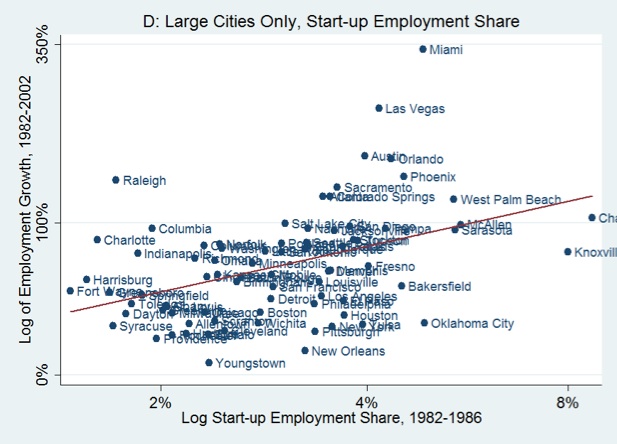Related

Oct 26,2020
Kirshner Speaks to Hunt Institute Leaders Program
on Equity and Quality of Access to Higher Education

Working Paper
/ Oct 06,2014
Malthusian Dynamics
The Rise of the Poor Megacity
by
Rémi Jedwab, Dietrich Vollrath
more on:
urban economics


